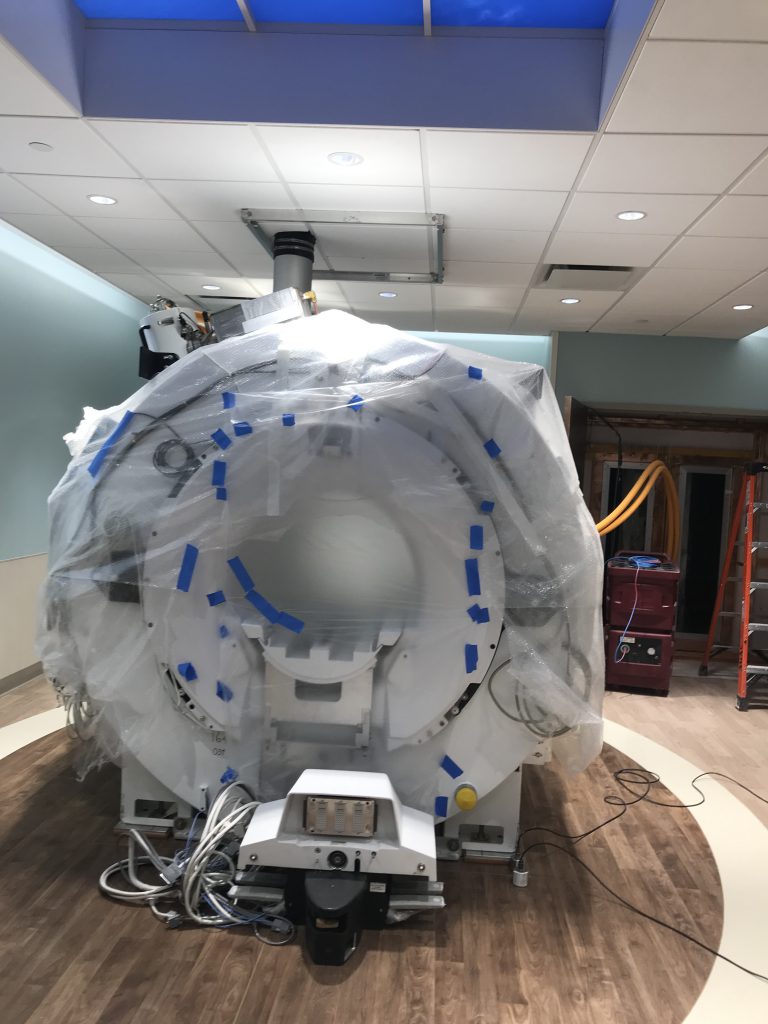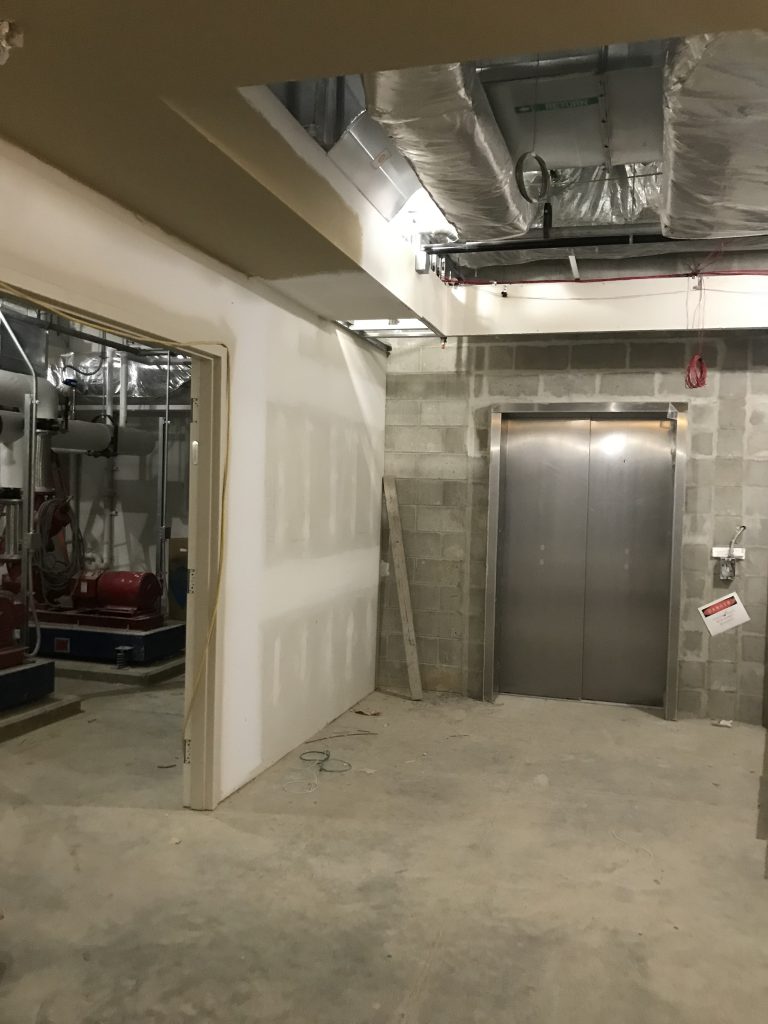
Vibration Testing
- Floors of Operating Rooms
- Floors supporting sensitive medical imaging equipment such as Computed Tomography (CT) scanner, Positron Emission Tomography (PET) scanner, Magnetic resonance imaging (MRI), Linear Accelerator (Linac), Magnetic Resonance-Linear Accelerator (MR-Linac) MR-Linac, CyberKnife, Magnetoencephalography (MEG)
- Floors supporting Microscopes
- Floors of medical facilities meeting the requirements for human comfort
Environmental site vibration has the ability to affect the functionality of medical
Imaging equipment such as a Magnetic resonance imaging (MRI), a Linear Accelerator (Linac), Magnetic Resonance-Linear Accelerator (MR-Linac), Computed Tomography (CT) scanner, Positron Emission Tomography (PET) scanner, CyberKnife, Magnetoencephalography (MEG), etc.
Vibration capable of affecting the image quality of the medical imaging equipment MRI can be classified as either steady state or transient vibration. Steady state vibration typically refers to disturbances caused, but not limited to, continuously or over long periods of time, operating rotating machinery or other power devices. Steady state vibration is measurable and consistent in amplitude and frequency during long time intervals. Transient vibration typically occurs only during short periods of time and may be caused by vehicular traffic, trains, helicopter, pedestrian motion, patient transport, etc. The transient event would typically decay from high vibration amplitude to lower levels in short periods of time.
Vibetech Consultants provides vibration testing using state-of-the-art instrumentation and techniques for a variety of applications. Vibration test results are used to identify sources of excessive vibrations and recommend solutions to eliminate excessive vibrations at their sources. For cases in which vibrations cannot be reduced at their sources, our structural engineers will make general recommendations to assist the project design team to design a support structure which its response to these vibrations remains within the proper/specified limits.
Instrumentation
The measurement of vibration levels will be performed using a Hewlett Packard 35670A Dynamic Signal Analyzer coupled to an ICB Type 393B31 seismic accelerometer. The HP35670A is a portable four-channel high performance FFT based Spectrum/network analyzer. This analyzer has a 16-bit Analog/Digital Converter(ADC), a frequency span of 0.098 Hz to 51.2 kHz (25.6 KHz if four channels are used) and a variable resolution capability. The 393B31 seismic accelerometers have a uniform response in the frequency range of 0.3 Hz to 200 Hz, with a nominal sensitivity of 10 volts/g, where 1.0g = 9.81 m/s 2.
For Service Requests Please contact:
Reza Fatemi
Email: Reza.Fatemi@vibetechconsultants.com
Mobile: (414) 315-3938









